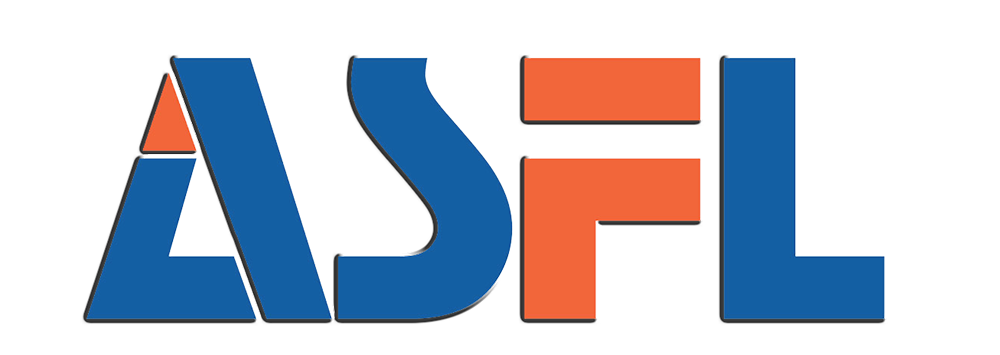Assessing Current Layout and Bottlenecks
Identifying Production Bottlenecks
Identifying production bottlenecks is crucial to streamline operations and enhance efficiency. Start by conducting a thorough analysis of the entire production cycle. Focus on pinpointing delays and inefficiencies, as these often result in costly downtimes and reduced output. Utilize quantitative data, such as production rates and machine downtimes, to substantiate your findings and help diagnose specific areas that may be causing these bottlenecks. For instance, O-At-Ka Milk Products successfully incorporated a high-speed filling and capping machine to tackle space constraints and increase production efficiency by introducing automation and sterilization processes.
Engaging with teams directly involved in the production process can provide qualitative insights that data alone may not reveal. Employees working on the line often have firsthand understanding of potential roadblocks and inefficiencies in their day-to-day tasks. Their input can be invaluable in complementing your analysis and devising solutions to address the identified bottlenecks. This approach not only aids in identifying immediate problem areas but also facilitates a culture of continuous improvement.
Analyzing Workflow Efficiency
To improve workflow efficiency, assess the current processes using flow charts and visualization tools. These tools help identify redundancies within the workflow that may be dragging down the production line's efficiency. Once identified, these redundancies can be eliminated or streamlined, leading to smoother operations. Implementing metrics like cycle time and overall equipment effectiveness (OEE) provides a comprehensive overview of performance. These insights highlight how effectively the production line uses time and resources compared to its theoretical potential.
Substantiating your analysis with historical data trends and drafting actionable plans for improvement is essential. At O-At-Ka Milk Products, the integration of new labor practices and a focus on OEE allowed the company to respond to growing demand effectively. By continually measuring OEE, you can identify areas for further refinement and ensure that any changes made lead to sustained enhancements in workflow efficiency. In turn, this contributes to improved product output, reduced waste, and an optimized liquid filling line.
Optimizing Workflow with Advanced Filling Machines
Role of Automatic Liquid Filling Machines
Automatic liquid filling machines significantly improve speed and accuracy in production processes. Transitioning from manual to automatic systems not only increases operational throughput but also enhances precision during the filling phase. For example, a study by Pacific Packaging Machinery indicated that implementing automatic filling systems can boost output by up to 40%. These machines can quickly adjust to different bottle shapes and sizes, ensuring versatile operations. Their precision filling capabilities reduce product waste and ensure consistency, which is crucial for maintaining quality and efficiency in production.
Integrating Filling and Capping Systems
Integrating filling and capping systems presents significant advantages in reducing overall operation time and enhancing efficiency. By combining these processes, manufacturers can see a reduction in manual interventions, leading to consistent production cycles. According to industry data, such system integrations can reduce operation times by approximately 25%. This integration minimizes human error and enhances the consistency of filling and capping, which supports the overall equipment effectiveness. The synchronized operation leads to fewer stoppages and smoother workflow, offering a competitive edge in high-demand environments.
Selecting the Right Liquid Filling Line Components
Choosing a Reliable Liquid Filling Machine Manufacturer
Choosing a reliable liquid filling machine manufacturer is crucial for ensuring quality, support, and innovation in your production line. A reputable manufacturer not only provides high-quality machines but also offers comprehensive support services, including maintenance and training. Look for industry certifications such as ISO 9001, which can guarantee a certain standard of manufacturing quality. Furthermore, successful case studies from other companies using the manufacturer's equipment can serve as a testament to the reliability and performance of their systems. For instance, companies like DTM Packaging are known for their high-performance production equipment, designed to meet various industry needs while ensuring seamless integration and support, reinforcing their credibility as dependable liquid filling machine manufacturers.
Importance of Scalable Liquid Bottle Filling Machines
The significance of scalable liquid bottle filling machines cannot be overstated, especially as production volumes fluctuate. Scalability not only ensures long-term viability but also offers considerable cost savings over time. Companies adopting scalable solutions often report significant reductions in expenses, as these systems allow for smooth upgrades and adjustments to meet increasing demands without extensive overhauls. Moreover, scalable machines are designed with modular components, making it easier to expand production capacity by simply adding or upgrading sections of the line instead of replacing entire systems. This flexibility supports businesses in responding swiftly to market changes, facilitating continuous growth and adaptation in a dynamic environment.
Implementing Automation for Enhanced Efficiency
Benefits of Automatic Liquid Filling Systems
Automatic liquid filling systems offer numerous advantages that enhance operational efficiency. These systems ensure increased consistency in the filling process, significantly reducing product waste due to human error. Additionally, they enable better labor allocation by minimizing manual intervention, allowing staff to focus on more strategic tasks. A case study from Industry Week demonstrates a 30% reduction in waste and 40% enhancement in labor productivity for a beverage company that adopted automation. Moreover, businesses often realize a rapid return on investment (ROI) due to the reduced operational costs and increased production rates afforded by automatic systems. With these substantial benefits, many manufacturers consider automation an indispensable component of their production strategy.
IoT Integration in Beverage Filling Lines
Integrating the Internet of Things (IoT) into beverage filling lines transforms data collection and management with real-time monitoring and analytics. IoT systems enable operators to monitor machinery and production processes continuously, allowing for immediate responses to potential issues. According to Gartner, IoT-enabled systems can reduce equipment downtime by up to 50% through proactive maintenance strategies informed by data insights. Successful implementations of IoT in beverage filling lines have shown that companies can anticipate problems before they escalate, thus ensuring uninterrupted production and product quality. This smart technology reshapes the operational landscape, aligning closely with the goal of creating a holistic smart factory environment.
Maintenance and Sustainability Considerations
Preventive Maintenance Strategies
Implementing effective preventive maintenance strategies is crucial in minimizing unexpected failures and ensuring operational efficiency. A structured approach that outlines best practices can significantly reduce downtime and enhance productivity. A preventive maintenance checklist serves as a practical guide for maintenance teams to follow, ensuring regular inspections and timely interventions. Recent statistics highlight the significance of such strategies, with companies experiencing a reduction in downtime by up to 50% when effective preventive maintenance plans are in place. This proactive approach not only mitigates the risk of unexpected equipment failures but also prolongs the lifespan of machinery, leading to substantial cost savings in the long term.
Energy-Efficient Practices in Filling Operations
Energy efficiency plays a pivotal role in reducing operational costs and improving sustainability in filling operations. Adopting energy-efficient practices not only leads to significant cost savings but also contributes to environmental conservation. Industry data suggests that by implementing advanced technologies, companies can achieve energy savings of up to 30%. Practical steps include optimizing machine settings for minimal energy usage, utilizing high-efficiency motors, and installing variable frequency drives. Additionally, investing in automated systems and equipment designed with energy conservation in mind further enhances overall operational efficiency and sustainability. Embracing these practices is not just beneficial from a cost perspective, but it also positions companies as responsible and forward-thinking entities committed to reducing their environmental footprint.

 EN
EN
 AR
AR
 FR
FR
 DE
DE
 PT
PT
 RU
RU
 ES
ES
 TR
TR




